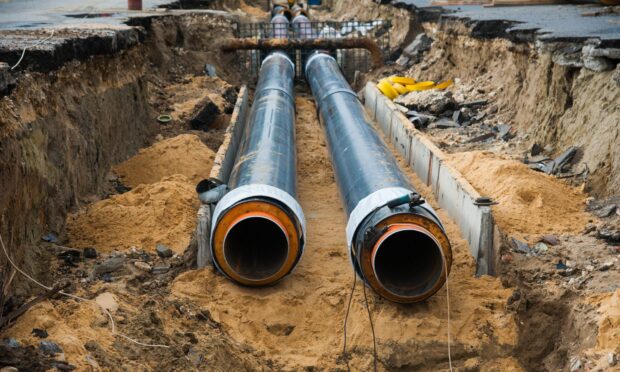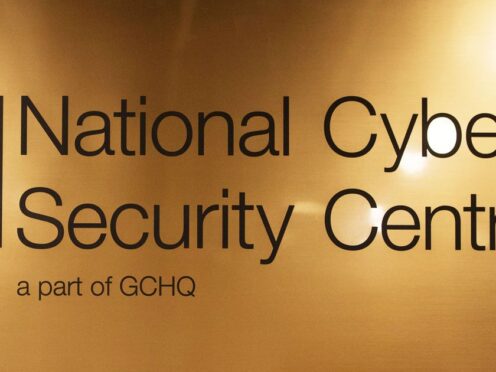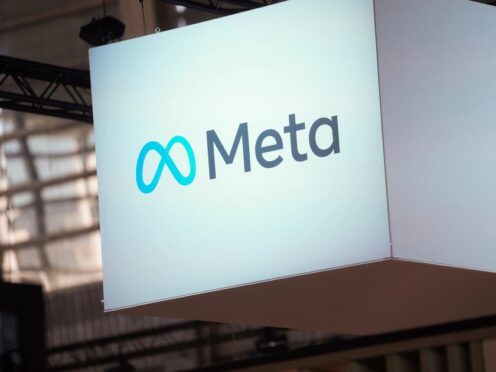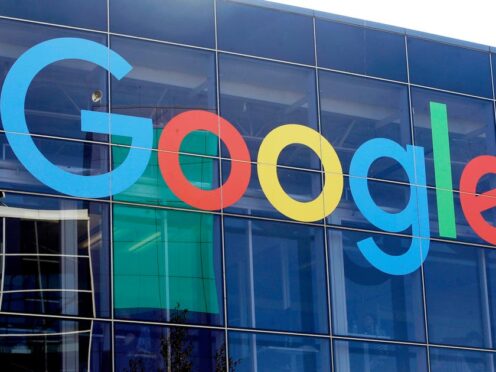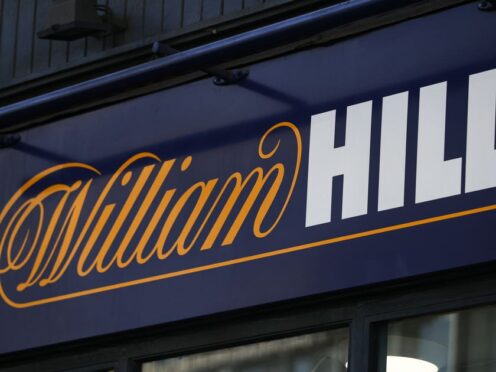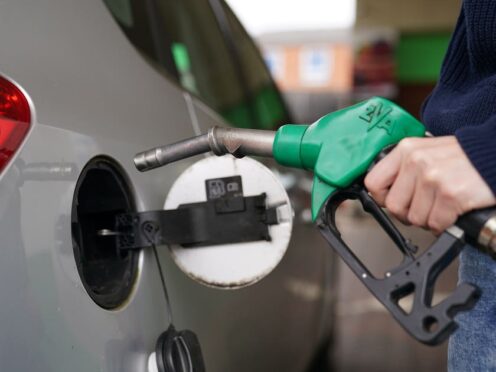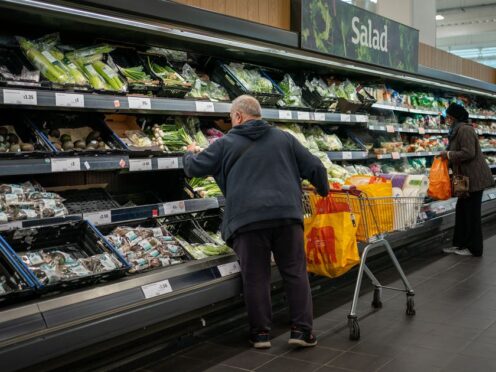District heating systems generate heat in a centralised location and distribute it amongst multiple different buildings through a pipe system.
Properties connected to a district heating system have heat for central heating and domestic hot water delivered through insulated pipes – much like electricity, gas and water.
The heat, usually delivered in the form of steam through well insulated district heating pipework, is generated from a single centralised power source.
Rather than each property having its own heating system, district heating systems can help to lower carbon emissions and save homeowners money on their energy bills.
Through a district heating network, the heat-producing plant pumps heated supply water to consumers where it is used as room and floor heating and to generate domestic hot water.
There is pipework in the ground with a flow of hot water out and a return of cold water back to the plant.
The domestic hot water gets heated in a heat exchanger in which the heated supply water transfers its heat to the water coming out of the taps.
What is the main advantage of district heating systems?
They are a particularly attractive option in dense urban areas and have been cited as a way of tackling fuel poverty while also reducing housing management costs.
The establishment of heat networks, which can vary enormously in size, means that cheaper, lower carbon sources of heat generation can be added over time without additional, later upheaval such as digging up roads, or making changes in people’s homes.
They are also said to be highly efficient and renowned for reliability.
Already in use in Aberdeen
A low cost district heating scheme is currently operated in Aberdeen and run by Aberdeen Heat and Power.
It was set up by Aberdeen City Council in 2002 and aims to alleviate fuel poverty in the city by supplying 4,000 homes with heating and hot water.
Savings of up to 40% have been secured for thousands of tenants under the not-for-profit system, which uses boilers and generators to heat and power several blocks of flats in one area.
As well as flats, many other public buildings have been connected to the network, including Marischal College, Aberdeen Sports Village and Aquatic Centre, Aberdeen Beach Leisure Centre and the Beach Ballroom.
North East Scotland College (Nescol) also switched to Aberdeen Heat and Power to deliver both heat and hot water to the city centre campus in Gallowgate in a deal worth £1 million.
However, the not-for-profit heat and power organisation is now starting the process of finding a new supplier after terminating its contract with Russian-state owned Gazprom.
There are also many others across Scotland including Clydebank, Shetland, Glenrothes and Glasgow.
Where else in the world?
In Denmark district heating covers more than 64% of space heating and water heating.
A massive 97% of the Danish capital Copenhagen is supplied with heating via a district heating system since being set up in 1984.
It is now one of the world’s largest district heating systems and uses waste heat from electricity production that would otherwise be sent into the ocean.
As a result, residents are saving money on their energy bills and 203,000 tons of oil is saved every year which is equivalent to 665,000 tons of carbon dioxide.
Belgium has district heating in multiple cities with the largest being in Ghent with the piping network of this power plant 22 km long.
The system dates back to 1958.
In Iceland 93% of all housing enjoys district heating services.
There are 117 local district heating systems supplying towns as well as rural areas with hot water – reaching almost all of the population.
